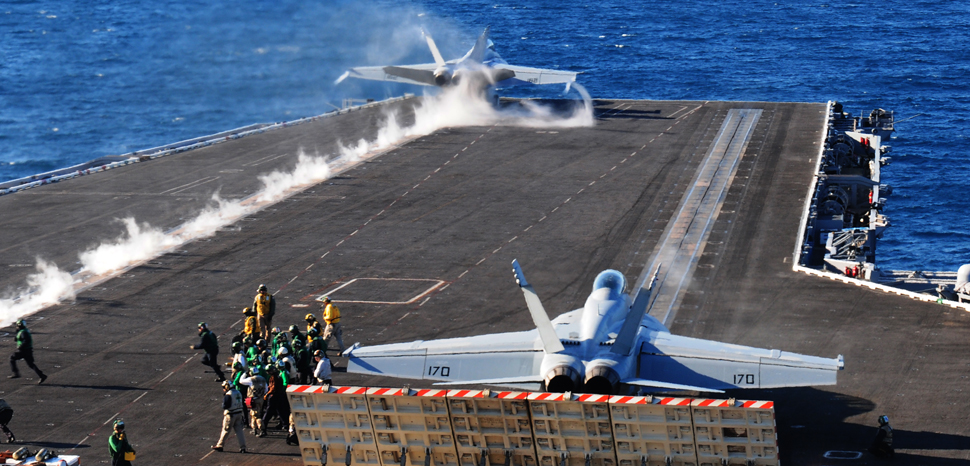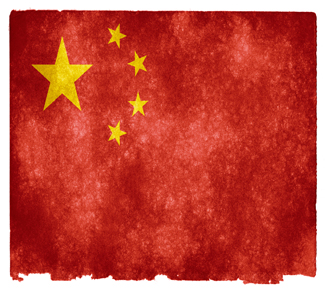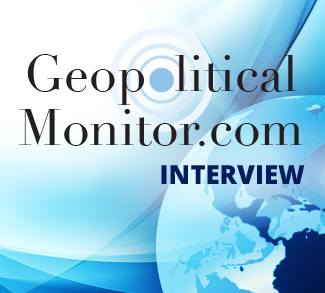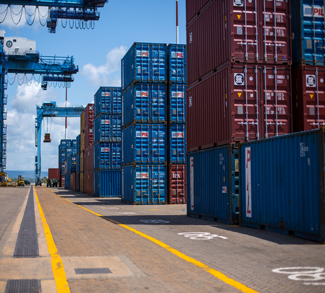The United States aircraft carrier USS Carl Vinson, powered by twin nuclear reactors and accompanied by a formidable Carrier Strike Group of one guided-missile cruiser, two destroyers, eight aircraft squadron fighter jets, and a crew of 5,000 US sailors, sails into Da Nang’s port this week. Stretching more than three football fields with a beam of 252 feet and a displacement of 100,000 tons, the ship’s enormous wake signals to China and the region Washington’s resolve to defend its national interests and to conduct freedom of navigation operations in the South China Sea.
Its ceremonious arrival also underscores a closer comprehensive partnership with Vietnam, once an enemy and now a friend.
Relations between the U.S. and Vietnam have evolved in the 43 years since the fall of Saigon, when the last remaining US marines were tasked with getting embassy employees to safety. A convergence of Vietnam’s foreign policy activism and a U.S. shift toward a renewed Asia-Pacific strategy has created a congruent state for both countries, one focused on economic trade, diplomacy, security, defense, education, culture, and the bitter legacy of the Vietnam War.
Despite the passage of time, memories of the war are never far from the surface for Washington and Hanoi. With enthusiastic support in the past from former Secretary of State John Kerry and U.S. Senator John McCain, both Vietnam War veterans, this reconciliation of the sweeping sorrows and losses from the war was realized in 1995 through normalization between the two countries. Also, due in part to Senator McCain’s leadership, Washington lifted its ban on lethal military equipment sales to Vietnam and the US Navy has undertaken a series of military exercises with their Vietnamese counterparts.
China’s aggression has also challenged US naval supremacy in the western Pacific.
Today an increasing number of veterans have made their pilgrimages to see a land and people they once fought against, or to seek closure from old wounds. Many of them served as a bridge between Washington and Hanoi even before the formal normalization. The Vietnamese government claims that in recent years, more than 400,000 Americans – many of them former military personnel – have visited the country every year.
In the words of 68-year-old Grant Coates, chair of the POW/MIA Committee at the Vietnam Veterans of America Foundation, who recently returned from Vietnam: “Our lives were forever shaped by this war and now in close cooperation, America and Vietnam are searching to identify the unaccountable remains of Americans killed in Vietnam, almost 1,600 and more than 300,000 Vietnamese.” Coates has made five trips to Vietnam and with each visit he has witnessed dynamic changes in the country. But most importantly, he has experienced the affection the Vietnamese express for Americans.
For now, Hanoi and Washington want to advance their naval cooperation in the wake of China’s militarization of disputed reclaimed atolls and rocks in the South China Sea. Tensions in the disputed region rise daily as Chinese patrol boats and paramilitary ships harass Vietnamese fishing boats and at times ram and destroy them.
China’s aggression has also challenged US naval supremacy in the western Pacific, prompting the White House to berate China over its trade imbalance, its military activities in the South China Sea, and its ties to North Korea.
Tensions in the region have prompted Vietnam to enter into a strategic dialogue with the U.S. a year before discussions with China. Vietnam upgraded its formal communications with Washington to deputy minister level prior to doing so with China. In the past, China was always first. While the U.S. has historically taken the diplomatic high road in its resolve to stay out of this territorial dispute, there’s increasing recognition from both U.S. and Vietnamese senior policy shapers that China does present a common security concern to both countries.
Secretary of Defense James Mattis during a two-day visit to Hanoi at the beginning of the year claimed that: “strong relations between the two countries were based on mutual interests, including freedom of navigation in the South China Sea.”
Although no US aircraft carrier has been to Vietnam since the end of the war in 1975, other smaller warships have made high-level visits as ties have improved. That includes a 2016 visit by the submarine tender USS Frank Cable and the guided-missile destroyer USS John S. McCain to Cam Ranh Bay, a crucial logistics complex during the Vietnam War.
The Department of Defense’s plan includes increasing the size of the US naval fleet from 272 to 350 warships, leading to a greater US military presence in the region. The action is consistent with the Trump campaign pledge “to make America great again.”
The Asia-Pacific is the most economically dynamic region in the world, and sound engagement is vital to US competitiveness in increasingly integrated global markets. Despite a few policy decisions made by the United States over the past year that may have undermined relations with Vietnam, particularly the withdrawal from the Trans-Pacific Partnership, the Vietnamese remain buoyant about their economic relationship with the United States.
Both countries continue to affirm that the South China Sea is a waterway of strategic significance to the international community, underscoring the necessity of freedom of navigation.
In his first year in office, Trump’s economic advisers focused on the nearly US $32 billion merchandise trade deficit with Vietnam while the Vietnamese government emphasized its desire to further “normalize” bilateral trade relations as part of the “comprehensive partnership” both nations share. In addition to the bilateral trade balance, other issues now being discussed in Washington include market economy status for Vietnam; US arms sales to Vietnam; trade in catfish; a possible bilateral investment treaty; and Vietnam’s potential membership in two regional trade agreements.
Both countries continue to affirm that the South China Sea is a waterway of strategic significance to the international community, underscoring the necessity of freedom of navigation.
In May 2017, during the formal meeting between President Nguyen Xuan Phuc and President Trump, the United States delivered a refurbished Hamilton-class cutter to Vietnam through the Excess Defense Article (EDA) program, as well as the first tranche of six coast guard patrol boats, financed by the Foreign Military Financing (FMF) program.
While much has been written about the impressive economic relationship between America and Vietnam, the U.S. is now Vietnam’s largest export market. According to the General Department of Vietnam Customs, trade between Vietnam-US increased 43.5 times, from the import-export turnover of $1.08 billion in 2000 to $47.15 billion in 2016.
Few defense analysts doubt that Vietnam will be purchasing US-manufactured fighter planes anytime soon. However, Vietnam’s leadership is quite concerned about China’s disregard for international law, destructive reclamations, and continued assaults on their fishermen. What is clear is that China’s actions in the South China Sea are fueling an increased nationalism among Vietnamese, many of whom fear for a loss of their national legitimacy found in the nation’s threatened ancestral fishing grounds.
Vietnam’s policymakers remain deeply divided on how fast to engage with the United States. Current Party infighting politicizes almost every aspect of Vietnam’s external relations with China and the U.S. It is not that there are pro-China and pro-American camps, but that Party conservatives are concerned about the negative fallout from China if they move too fast and get too close to Washington.
Perhaps the aircraft carrier’s port call confirms what Vietnamese President Tran Dai Quang shared at the APEC state dinner last November, when, in addressing President Trump, he said: “Nothing is beyond reach for our two nations.”
The opinions, beliefs, and viewpoints expressed by the authors are theirs alone and don’t reflect any official position of Geopoliticalmonitor.com.




